Jackson & Moran
The Partnership that Saved Yellowstone
![Portraits of William Jackson (L) [Yellowstone’s Photo Collection, NPS] and Thomas Moran (ca 1890) [Wikipedia].](/sites/default/files/styles/max_width_770px/public/2023-12/jm_photo_1_medium.jpg?itok=xKFh0qSU)
The West! - that romantically unknown region beyond the Mississippi River. By the beginning of the second half of the Nineteen Century, stories filtered back east of mighty mountains, expansive plains filled with millions of buffalo, plains Indians that were very different to the eastern tribes, wild, lawless mining towns. All this fed the voracious appetite of a populace weary from a long, brutal civil war. One place, in particular seemed to capture the national imagination more than others – Yellowstone.
Early accounts from trappers and mountainmen, such as Jim Bridger, painted a picture of a place so different, so bizarre and extreme, that they could scarcely be believed. (see “Trappers’ Tales – Early Stories from Yellowstone”, Distinctly Montana, Fall, 2023 issue, p. 61-66). The government needed to find out what was this vast territory that they controlled, about which little was known for sure. One agency they looked to was the The United States Geological and Geographical Survey of the Territories, established in 1867 and was the predecessor of today’s US Geological Survey (USGS). They chose Dr. Ferdinand Hayden as its “geologist-in-charge’.
Hayden was well educated and trained as a medical doctor. However, prior to the Civil War, his interests turned to the new field of geology. By his 1867 appointment, he was already a trusted, veteran survey/expedition leader and by 1869, he began his summer expeditions into the western territories where he explored and mapped the Colorado Front Range.
In 1870, he led an expedition into Wyoming’s Wind River Range and the Henry’s Fork region of Idaho.
Accompanying him on that trip was a young photographer by the name of William Henry Jackson.
Jackson was originally from Upstate New York. At an early age his mother taught him how to sketch and paint. He became a prolific sketch artist, sketching everywhere he went, which made for a good companion to the extensive diary he kept. After enlisting in the army during the Civil War, he endeared himself to his platoon mates by providing sketches of them, camp life and his experiences.
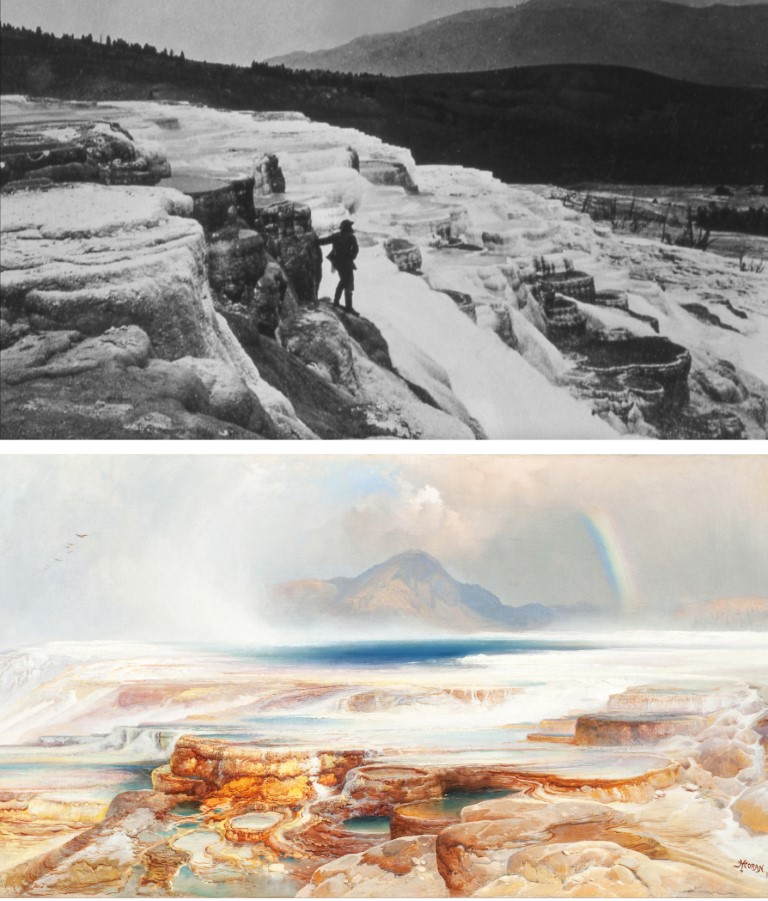
Mammoth Hot Springs, Upper: The figure is Thomas Moran (Wm .Jackson 1871). [Yellowstone’s Photo Collection, NPS]. Lower: One of several of Moran’s painting of the terraces (1872) [Wikipedia].
He “discovered” photography after the war, working as a photo colorer in photography studios in Vermont. However, wanderlust for the gold fields of Montana finally got the best of him. In 1866 he made his way to Nebraska City, where he signed on as a bullwhacker on a team headed for Virginia City, MT. By Salt Lake City he had changed his mind and now dreamt of the new paradise known as “California”, making it to Los Angeles by the end of January, 1867. But, like the Dust Bowlers who would follow 70 years later, California was not the Garden of Eden it was often portrayed to be. Now, feeling very homesick, he signed on to another wagon train heading east and ended up in Omaha by August of that year. His travels were physically hard, grueling and at times, degrading, but he had learned valuable life skills along the way.
When he hit Omaha, a bustling city that housed the headquarters for the Union Pacific Railroad, he looked for work, hiring on as an assistant in one of the two photography studios there. The money was good and it wasn’t long before he had bought out both businesses and took a wife – Mary Greer, known as Mollie. They married the same day they drove the golden spike linking the transcontinental rails from the east and the west at Promontory Pony, UT. (May 10, 1869).
Although the popular portrait photography paid the bills, Jackson saw photography as more than taking pretty pictures. He had an inner sense of history and how photography could be used to freeze moments within the restless flow of time. He saw the changing landscape first hand – the disappearance of the great buffalo herds and the destruction of the traditional Native American way of life.
He made several visits to the nearby dwindling Pawnee and Omaha villages with his camera to document life there before their land vanished under the plow of white farms.
It was in his Omaha studio that one day, Dr. Hayden appeared in the summer of 1870.
Hayden was looking for a photographer to accompany him on his next surveying expedition to the wilds of Wyoming.
Mollie could see how much Jackson wanted to join Hayden, so she offered to look after the business during the summer months while he was gone. Jackson would remain a vital member of Haydens team for the next 8 years and Mollie diligently watched over the business in his absences.
Two privately funded expeditions ventured into the Yellowstone region in 1869 and 1870.
The first, was the small prospecting expedition of Cook, Folsom and Peterson and the next year, a larger one, lead by Henry Washburn and Nathaniel Langford with Lt. Gustavus Doane providing military protection and supported by Helena financier, Samual Hauser. The Washburn expedition provided the first “credible” account of the extraordinary features of Yellowstone.
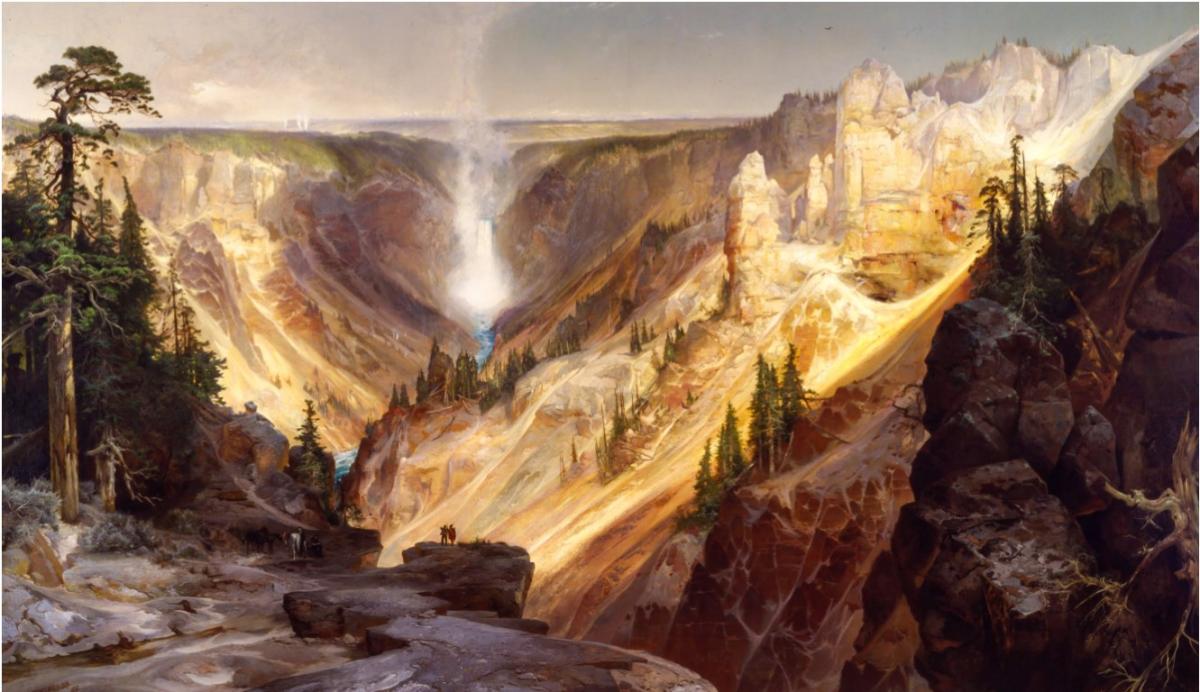
Moran’s 1872 painting of the Grand Canyon of the Yellowstone from near Inspiration Point. This 7 x 12 ft canvass hung in the Capitol until 1950. The restored work now lives in the Department of the Interior’s Museum [US Dept Interior Museum].
Upon their return, Langford approached the new, but respected periodical, Scribner’s Monthly, to publish his account of the expedition, “Wonders of Yellowstone”.
Accompanying the article were sketches made by two expedition members, Charles Moore and Walter Trumbull. The sketches were crude, amateurish and not up to Scribner’s standards. The editor assigned the magazine’s well-regarded illustrator to re-work the drawings, a gifted artist by the name of Thomas Moran.
Although born in northeast England, Moran was raised in the Philadelphia area from an early age. Along with one of his older brothers, he became recognized as an accomplished painters in the Philadelphia art scene by his late teens. Their work was regularly featured in many area exhibitions. Moran had been heavily influenced by the English landscape paintings of Constable, and in particular, Turner. Turner was known for his expressive coloring and imaginative landscapes, something Moran incorporated into his own approach.
Moran led a city life, but inside he yearned to break out, for scenery of greater majesty and grandeur. For about 4 weeks in the summer of 1860 (age 23), he had ventured out into the “wilds” – a trip to the Pictured Rocks area of the Upper Peninsula of Michigan. It was probably his first experience with camping.
In November, 1870, he landed a job as the illustrator for the inaugural issue of a high-end periodical, Scribner’s Monthly.
Though Moran was a gifted artist and illustrator, it was difficult to make much sense of the Moore and Trumbull drawings and sketches. He had not seen these things with his own eyes. He did the best he could, but deep inside, it fed right into his pent up wanderlust. He wanted desperately to see and paint them himself. He was keenly aware of the works and notoriety of landscape painter Albert Bierstadt for his paintings of the Yosemite Valley. Deep down he wanted that for himself, too.
About the same time, Hayden had heard of the Washburn Expedition’s discoveries and immediately petitioned Congress for funds for a believable, scientific survey of the area, backed up by images from his team’s photographer, Jackson. By June, 1871 Hayden’s team was assembling all the necessary resources to head into Yellowstone.
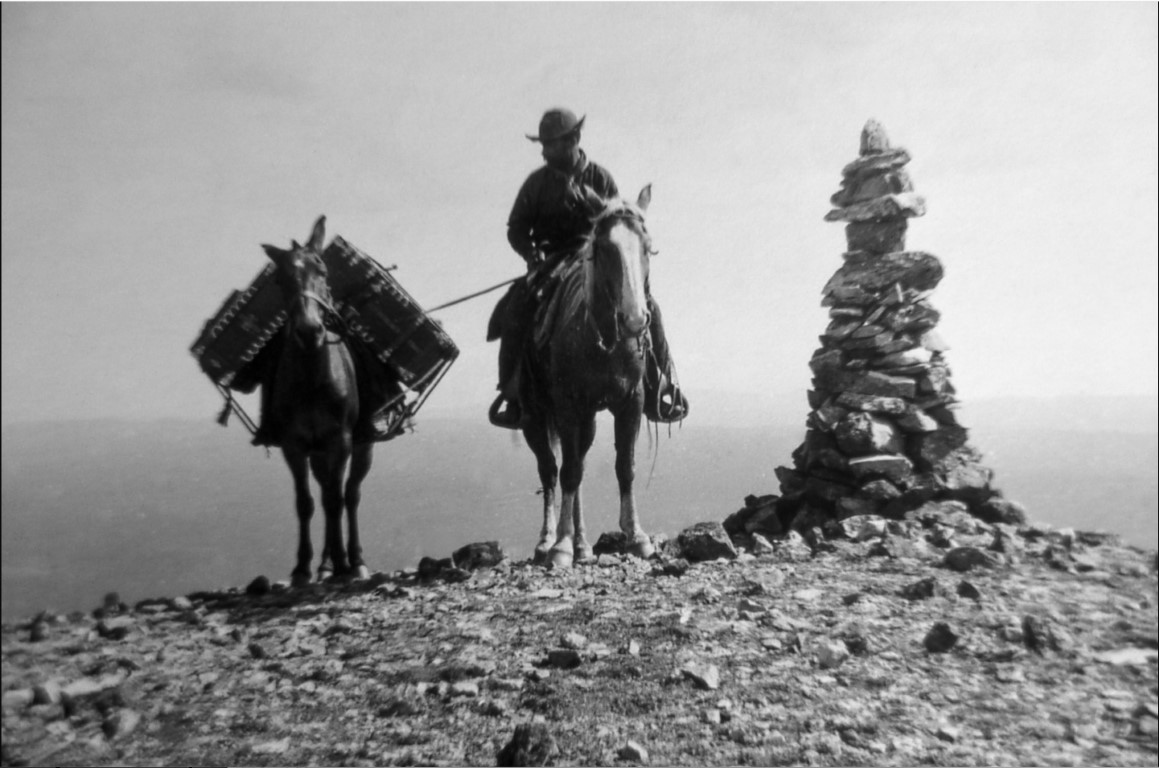
When Moran heard that there was to be another survey of Yellowstone that year, he moved Heaven and Earth to tag along. Fortuitously, Moran knew Jay Cooke, a wealthy financier involved with the Northern Pacific Railroad. Cooke was also an associate of Langford’s, so he knew what the Washburn expedition found.
A rail route through Wyoming would benefit greatly from the possible tourism Yellowstone could provide.
Between Cooke and the magazine, Moran was able to raise sufficient funds to tag along at no expense to the expedition, with promises of paintings and stories in return. Hayden had actually planned to have two other artists along, including Albert Bierstadt but neither of them could make it. This was Moran’s big chance to establish himself as a rival to Bierstadt. So, with his place on the team now assured, Moran headed west, rendezvousing with the Hayden team in Virginia City, Montana in July, 1871.
Moran and Jackson couldn’t have been more different in terms of life experiences.
Jackson had been out west for many years now – first as his stint as a robust bullwhacker, then as Hayden’s photographer. He knew the west and how to live in it. By contrast, Moran, at 34, six years Jackson’s senior, arrived looking thin, emaciated and very “green” with very little experience outside the city.
According to Jackson, he was “as poorly equipped for rough life as anyone I have ever known”. He had never ridden a horse, or held a gun and had a great aversion to the fatty camp food. Many doubted he could handle the rigors of the upcoming mission. But he persevered - determined to prove them all wrong. Within days he had enough horsemanship to be competent and he practiced with his rifle until he could at least come close to his target. It was said that when Moran practiced with his rifle, everyone ran and ducked for cover! Despite their different backgrounds, the two men hit it off right away. Both were self-taught artists, introspective, loved music and valued Nature for its beauty.
They quickly developed a deep friendship that would last well beyond the Yellowstone trip, through the rest of their lives.
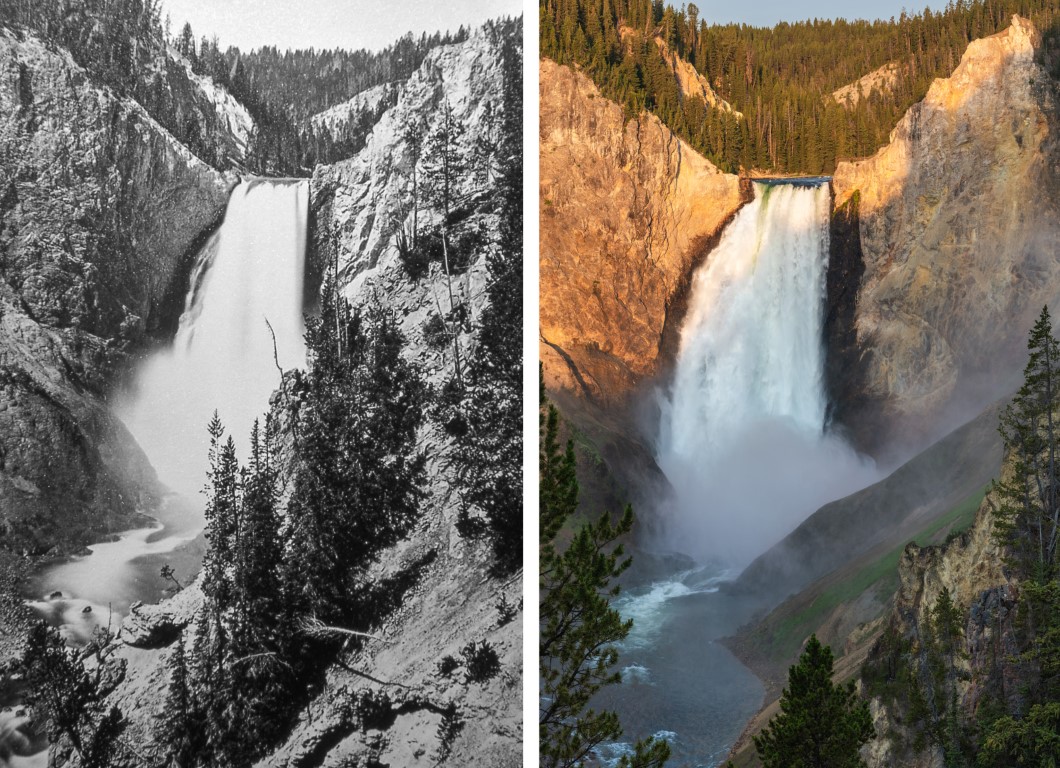
The Lower Falls of The Yellowstone. Left: One Jackson’s 1871 photos. [Yellowstone’s Photo Collection, NPS]. Right: Modern day view of the Falls from Lookout Point on the north rim of the canyon [photo by author]
The party headed out of Virginia City to Fort Ellis, outside of Bozeman, where they loaded up on provisions. From there, they headed over to the top of the Yellowstone Valley near present-day Livingston to make final adjustments to their loads before heading south upriver. While this was easy for Moran, needing only sketch pads, notebooks and some paints, for Jackson this was an ordeal. In those days photography was a labor-intensive, cumbersome endeavor.
Photographic glass plates needed to be prepared in the dark and kept moist prior to exposing, then developed right away before they dried out. No easy feat in a studio, let alone out on the trail. He brought 3 cameras - a small stereo camera, as well as a medium and large format camera that took 8 x 10-inch photos. In all, Jackson had to haul about 300 lbs worth of equipment and chemicals, including a portable darkroom. His most trusted for this was a mule by the name of “Hypo”.
The first wonder they encountered were the terraces of Mammoth Hot Springs – something missed by the earlier Washburn expedition. While the geologists did what geologists do, Jackson and Moran set about creating images. They were soon working close together – helping each other with compositions to the point where, for many of their images, they represented collaborative processes. Moran even appears in many of Jackson’s photos, for scale, presumably, as well as pitching in with the laborious process of preparing plates and later, helping to develop them. In return, Moran would often use Jackson’s photos, along with his own in-field sketches, to create his Yellowstone paintings after returning back east.
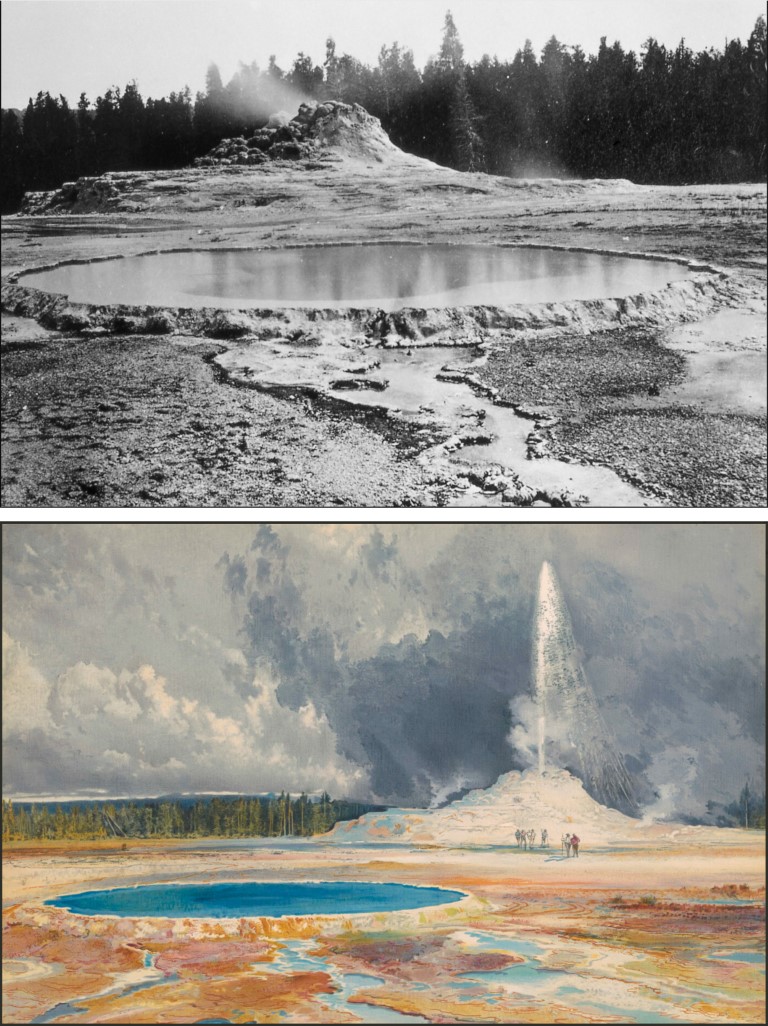
After Mammoth Hot Springs, the expedition rode to the summit of Mt Washburn, down to Tower Falls and over to the Grand Canyon of the Yellowstone.
After the main party left the Grand Canyon, Jackson and Moran spent an extra 4 days photographing, sketching, and painting. They rejoined the main party on the shore of Yellowstone Lake. From there, they fought their way over to the geyser basins through endless blow-downs of lodgepole pine.
The geyser basins had already been visited by the Washburn Expedition, but it was the Hayden group who got to see the eruptions of some of the park’s largest geysers. They gave them names such as Giant, Giantess, Grand and Castle. They also confirmed the regularity of one in particular, which seemed to erupt about every hour. The year before, Langford had given it the name “Old Faithful”. Now the Hayden party gathered around it where Jackson preserved the moment with the very first photo of the most famous, most photographed geyser in the world.
By fall, the survey was over and everyone returned home. Hayden set about immediately lobbying Congress to set aside Yellowstone due to its unique features and geology. Congress again doubted some of the descriptions Hayden brought back. However, when faced with Jackson’s photographs, and some of Moran’s sketches and colorful paintings, the doubts were soon put to rest. Congress almost unanimously passed the Yellowstone National Park Protection Act which was signed into law by President Grant on March 1, 1872.
In commemoration of establishing Yellowstone as the world’s first national park, Moran painted his huge, 7’ x 12’ painting of the Grand Canyon of the Yellowstone. It hung in the US Capitol until 1950, by which time it was in severe need of restoration. Though not an exact reproduction of the actual scene, it was done in the classic Turner style of the vivid colors needed to portray the canyon.
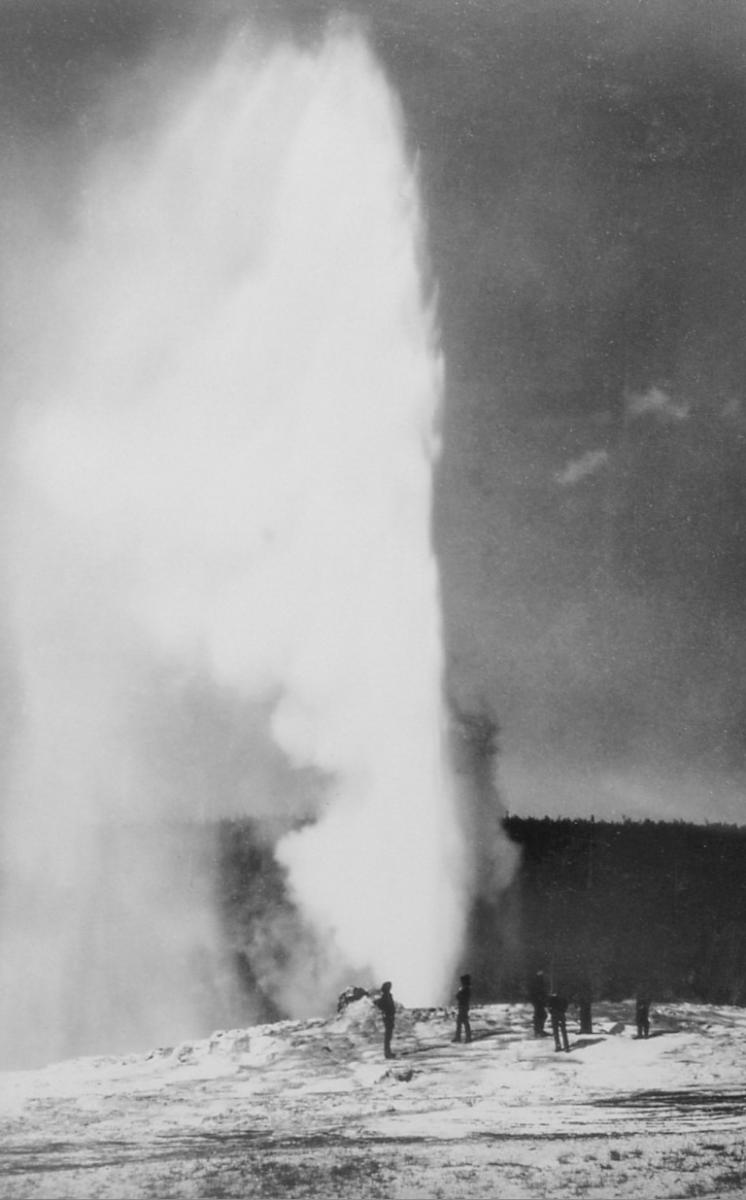
It is believed to represent his sense of the canyon from modern-day Inspiration Point. The artistry and the “buzz” generated by this and his other Yellowstone painting indeed elevated his name to equal or above that of his rival, Bierstadt.
After the 1871 expedition Jackson would modestly write, “I was to begin to taste that little fame which comes to every man who succeeds in doing a thing before someone else.” Jackson continued producing photographs of the vanishing west through his continued association with Hayden, as well as providing promotional images for the railroads.
It was clear he was fast becoming America’s premier photographer of the West.
While Moran did not travel quite as much as Jackson, he did make several trips out west after the Hayden Expedition, such as accompanying Powell down the Grand Canyon. He continued to capture iconic, grand landscapes of the West and Southwest in his signature brilliant and vivid colors until he was quite old. Many of these trips were also sponsored by the railroad and some of his paintings were used in payment for promotional purposes.
Moran and Jackson remained friends for the balance of their lives. They reunited twice – once in 1881 for a trip from Denver to Mexico and back, courtesy of the Denver and Rio Grande Railroad.
Then again, in June of 1892, he and Jackson reprised their trip to Yellowstone. After that trip, Moran painted another huge mural of the Grand Canyon of the Yellowstone – this one even larger than before at 8 x 14 ft. It now hangs in the Smithsonian Museum, Washington DC.
Today, we take national parks for granted. There are 63 national Parks in the US and over 6550 worldwide, but they all trace their origins to the world’s first – Yellowstone National Park.
Through their images, Jackson and Moran were able to convey the awe and majesty of that land in a way that Hayden’s dry scientific reports could not. Suffice it to say, that, in the end, the impact of their art proved to be so powerful that not even the most reticent of Congressman could vote against protecting Yellowstone. Thank you, William Henry Jackson and Thomas Moran!
The author wishes to acknowledge and thank the staff at the North Lake County Public Library, Polson, MT for their invaluable help in securing resources for this article through the Montana Shared Catalog Network.
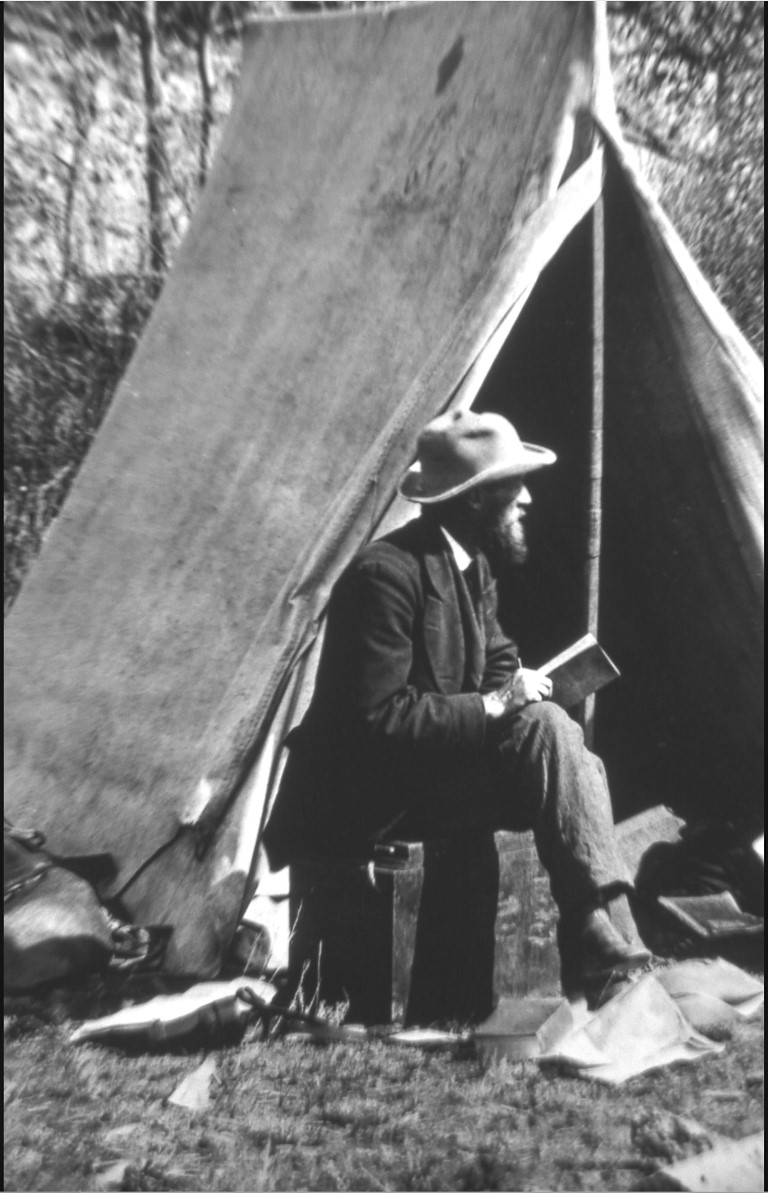
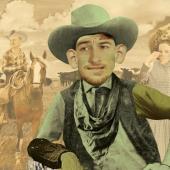
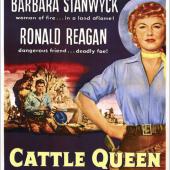


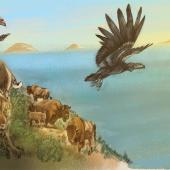
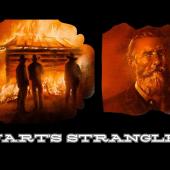
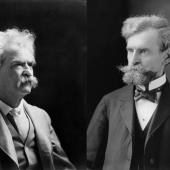
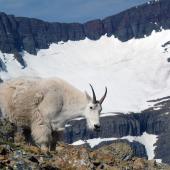
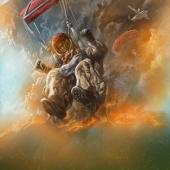
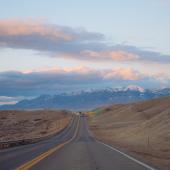
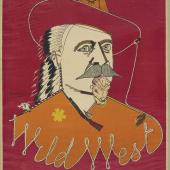
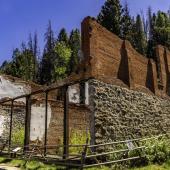
- Reply
Permalink